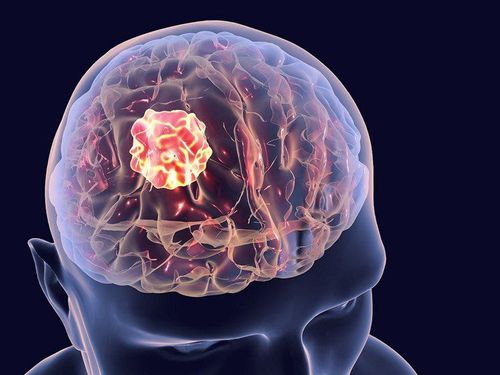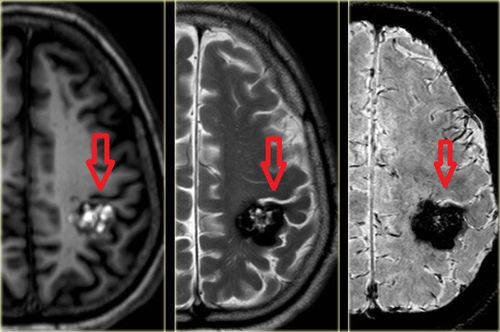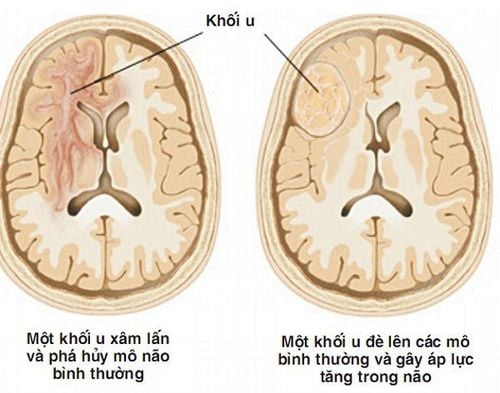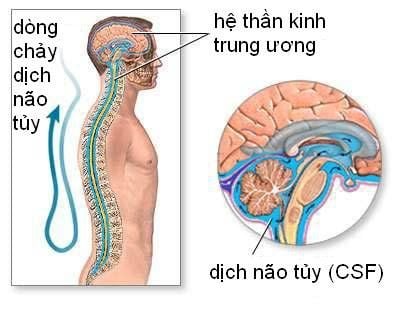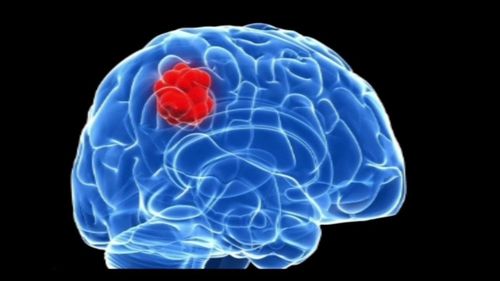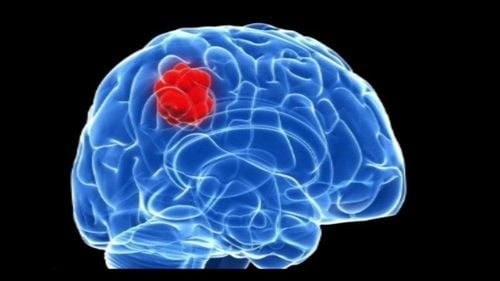This is an automatically translated article.
One of the ways to classify cancer is based on the difference in the shape of cancer cells compared to normal cells, in order to conclude what stage the cancer is currently in. The most commonly used system to classify cancers for brain tumors is the World Health Organization classification scale.
1. Tumor classification
Tumors of the brain and spinal cord are usually classified from 1 to 4.
Stage 1: The tumors are in the early stages and grow slowly.
Stage 2: These tumors are in the early stages and usually grow slowly. They are more likely to recur after treatment and may develop into a later stage tumor.
Stages 3 and 4: These later stage tumors grow faster and are classified as malignant. They can spread to other parts of the brain and tend to recur even after treatment. Some other types of cancer are also divided according to how far the cancer has spread in the body. However, primary brain and spinal cord cancers are not divided this way because most tumors at these sites do not spread to other parts of the body.
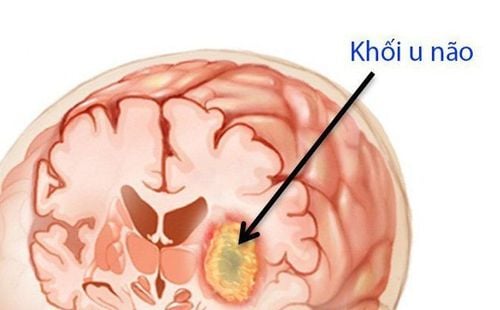
Các khối u não và tủy sống thường được phân ra thành 4 loại theo giai đoạn phát triển
2. Prognosis of brain cancer
Prognosis means the expected or anticipated outcome of a disease. You can discuss your prognosis and treatment options with your doctor, but your doctor can't accurately predict the course of the disease.
Several factors can affect the prognosis of brain cancer including: tumor type, location, grade and genetic makeup, patient's age, general health status and family history. In addition, the degree of tumor response to treatment is also one of the prognostic factors.
Both early- and late-stage brain tumors can be life-threatening, but the prognosis in early stages is usually better or complete surgical resection is indicated if appropriate.
Some brain or spinal cord tumors, especially gliomas, can recur, and in some cases they develop into tumors at a later stage - a later and more serious stage. In this case, treatments such as surgery, radiation therapy, or chemotherapy may be used to control tumor growth for as long as possible. The main aim of treatment is to relieve symptoms and maintain quality of life in cancer patients.
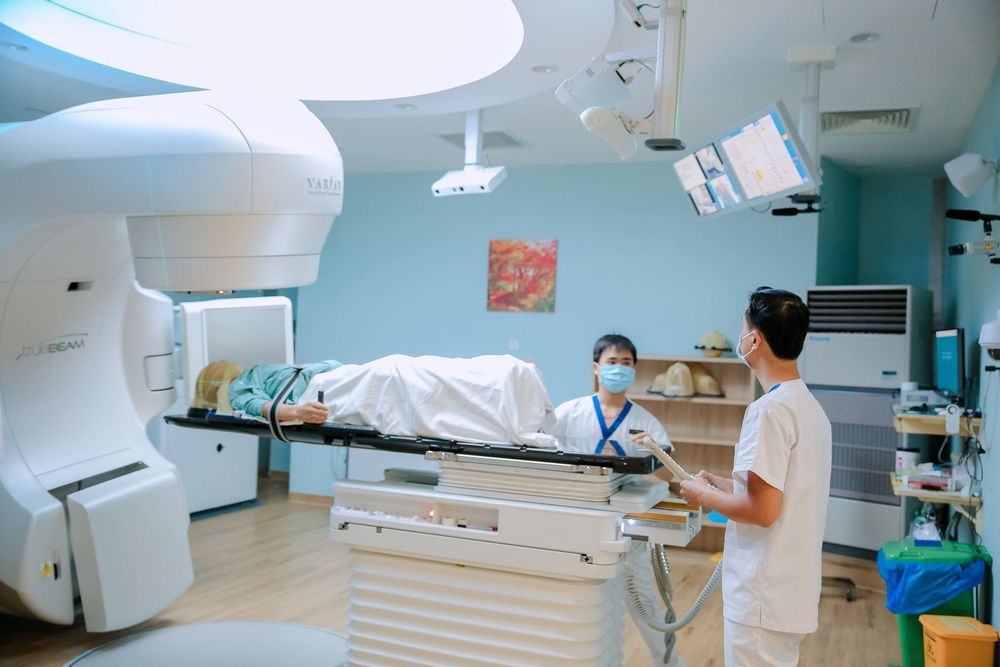
Xạ trị hoặc hóa trị là phương pháp phổ biến để giảm triệu chứng và duy trì sức khỏe của người bệnh
When seeing some of the above warning signs of brain tumors or any other abnormal signs of the body, patients need to go to medical facilities for doctors to diagnose the disease as soon as possible. Vinmec International General Hospital is the leading effective treatment center for brain tumors in particular and neurological diseases in general.
With fully equipped with modern equipment, the most advanced machines today such as: G.E 3.0 CT scanner (MRI), CT SCAN Toshiba 640 slices, cerebral angiogram, MRA and CTA... Doctors at Vinmec can easily detect, diagnose, and plan treatment thanks to the clear and detailed images obtained. Not only brain tumors but also effectively applied to other brain and spine diseases such as: brain degeneration, traumatic brain injury, cerebrovascular disease, cerebral aneurysm... The patient was treated and Rehabilitation in modern wards, fully equipped with international standards, helping patients feel comfortable, maximum support for the treatment process. If you have a need for consultation and examination at Vinmec Hospitals under the national health system, please book an appointment on the website for service.
Please dial HOTLINE for more information or register for an appointment HERE. Download MyVinmec app to make appointments faster and to manage your bookings easily.
Reference source: cancercouncil.com.au




